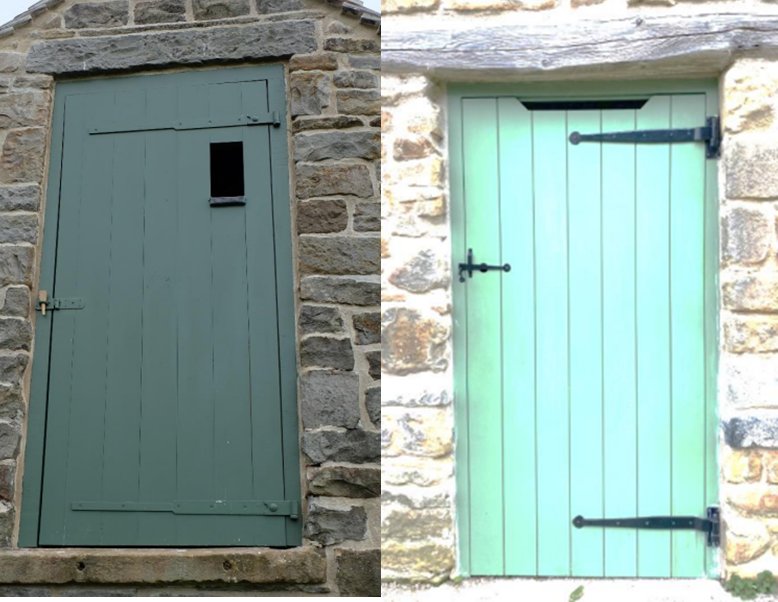Farmland / Case studies
# Traditional barn restoration
The Historic Buildings Restoration Grant pilot was a collaborative project between Natural England, Historic England, Rural Payments Agency and five National Parks, including the Peak District. The aim was to bring life back into traditional agricultural buildings by restoring them for continued agricultural use, using traditional methods and materials, enhancing the landscape for public enjoyment and as habitats for wildlife.
A variety of features for wildlife have been incorporated into the 15 projects in the Peak District, most at very low cost, and including in listed buildings.
Examples of features include holes for eaves access and wall cavity access, bat slates and raised ridge tiles. Minor changes to the doors of a barn can allow access for species such as bats, swallows or barn owls, without impacting how the door or the barn can be used. This Peak District farmer has created access points for barn owls and smaller birds, and bats to this barn, by adding these features to the doors, following advice from the Barn Owl Trust (opens new window) (opens new window).

Monitoring is key to knowing what features have worked for wildlife, and how, particularly for traditional buildings. Surveys have revealed all eight projects that previously supported protected species continue to do so, and one which didn’t previously, now has records of roosting bats following roof restoration. All buildings are being used by at least one bird species. New records have been recorded at three sites; one for bats, one for house martin and one for both bats and barn owl.
Findings from the Traditional Buildings Restoration Grant pilot have been used to inform further projects, including four buildings restored through Farming in Protected Landscapes involving wildlife mitigation that ensures the buildings can continue to support protected species and other wildlife.
Natural England have advice available for managing wildlife on your land (opens new window), including bats (opens new window), soil health (opens new window) and other protected species (opens new window).